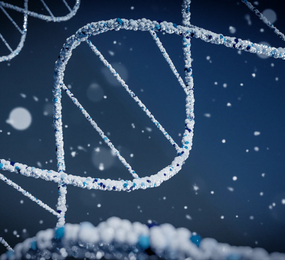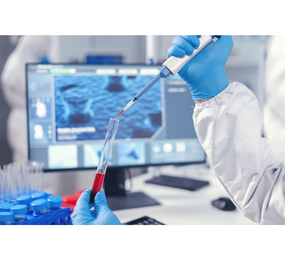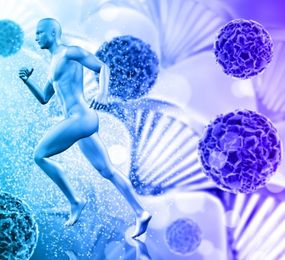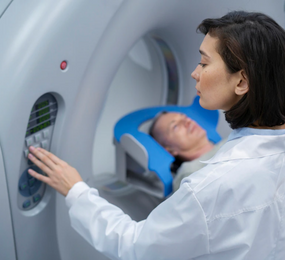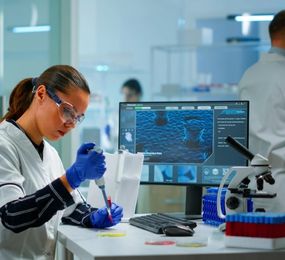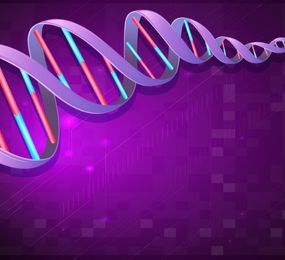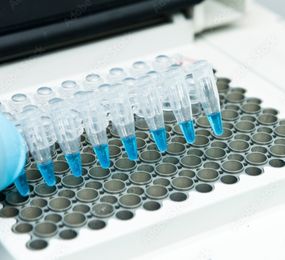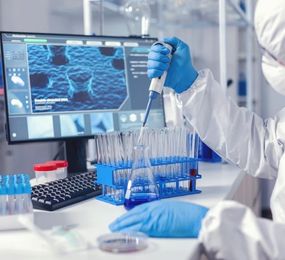ny sort of protein that does not originate from the traditional food sources that have dominated our diets for many years, such as cattle, lamb, poultry, pork, dairy products, etc., is referred to as a novel protein. Novel proteins are frequently those that come from animals that aren't consumed as frequently. Due to their cell-specific mode of action and relative absence of compound-specific toxicity, the discovery and development of protein therapies is expanding quickly and will soon catch up to and even surpass that of chemical entity medication research.
More than 300 protein-based biopharmaceuticals have been developed in the past 40 years, since the first FDA-approved insulin was produced in Escherichia coli cells. These medications need living cells to be produced since they are extremely complex and have very specific targets. They consist of hormones, enzymes, fusion proteins, interferons, interleukins, hormone-like substances, monoclonal antibodies, and other kinds of proteins. While the specifics of production processes vary greatly, they nonetheless have a few key traits in common. These include formulation of the drug product for parenteral delivery to patients, final fill and finish steps before releasing it onto the market, and fermentation or cell culture to produce the target protein using living cells (upstream processing). The target is also purified using a variety of chromatographic techniques (downstream processing). Although these fundamental stages are the same everywhere, specialised approaches are always evolving and getting better to meet the demands of new therapeutic modalities and the rise of biosimilar drugs.
Protein characterization poses significant problems. Protein therapeutics are typically heterogeneous mixes of nearly comparable molecular weights and charged isoforms produced from living cells, and they frequently contain a complicated pattern of impurities related to both the product and the manufacturing method. A protein drug's complete characterisation includes factors including the specific amino acid sequence, molecular weight, charge variations, glycosylation, aggregation level, and oxidation level.
To capture the energy and excitement in the fields of novel proteins, Leadvent is bringing together industry leaders and innovators to share ideas and information, and to discuss future applications; on March 28–29, 2023 at the Steigenberger Airport Hotel, Berlin, Germany.
To register or learn more about the Forum please check here: https://bit.ly/3zxguXW.
For more information and group participation, contact us: [email protected]


